Winegrower Vallée du Rhône
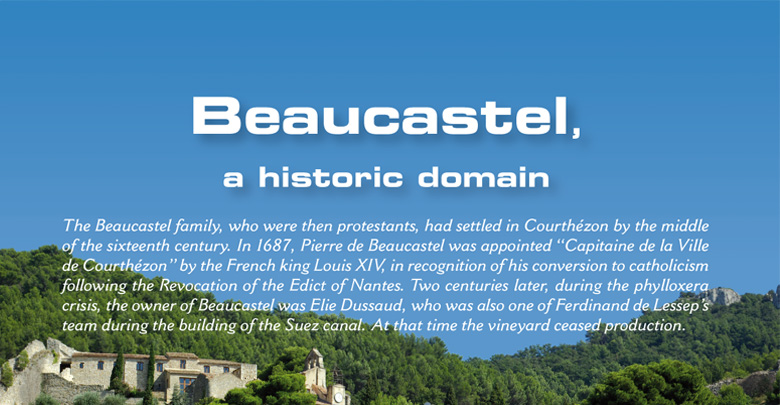
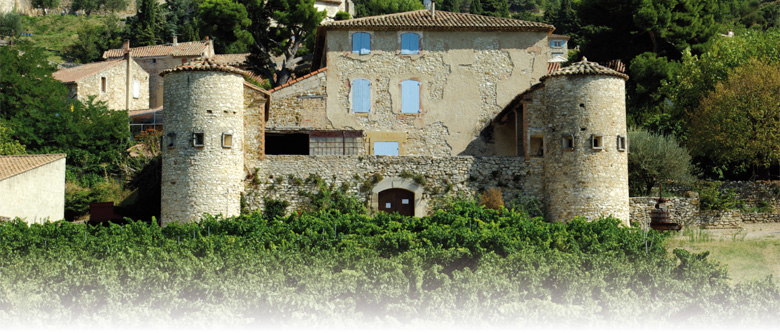
“Vignerons” since 1909...
Pierre Tramier bought the Domain in 1905 and started to replant. Beaucastel then passed on to Tramier’s son-in-law, Pierre Perrin. He was a scientist and improved the vineyard considerably. His efforts were pursued by Jacques Perrin, a man with vision and a highly innovative viticulturalist, who gave Beaucastel its pretigious image until 1978. Nowadays the torch is carried by his sons Jean-Pierre and François. But Marc, Pierre and Thomas, the fifth generation, are already active in the company, ensuring its family-run future.
The Perrin family owns vineyards within the best terroirs of the Southern Rhône Valley, on plots that produce such famous wines as the Châteauneuf-du-Pape, Château de Beaucastel, the Beaucastel’s Roussanne Vieilles Vignes, the Côtes du Rhône Coudoulet, the Vinsobres from Cornuds and from Domaine de la Bicarelle, or the Château du Grand Prébois, which produces the bulk of the Côtes du Rhône Perrin Réserve.
One does best what one knows best...
In accordance with this ethic, the Perrin family makes and matures, in its winery at Prébois, in Orange, wines exclusively from the Southern Rhône Valley. Its know-how is focused on the fine terroirs that immediately surround Beaucastel : Châteauneuf-du-Pape, Vacqueyras, Gigondas, Rasteau, Vinsobres, Cairanne and Beaumes de Venise... all of which are close enough to the winery to be visited on a daily basis.
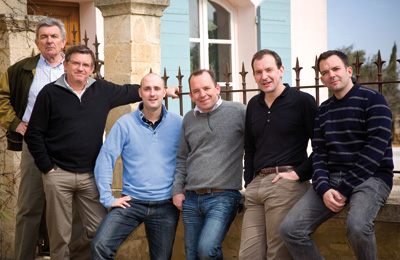
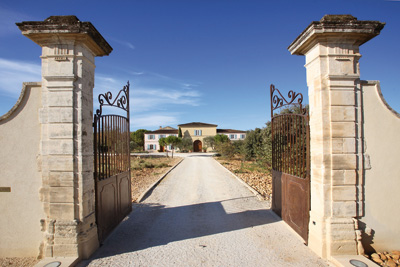
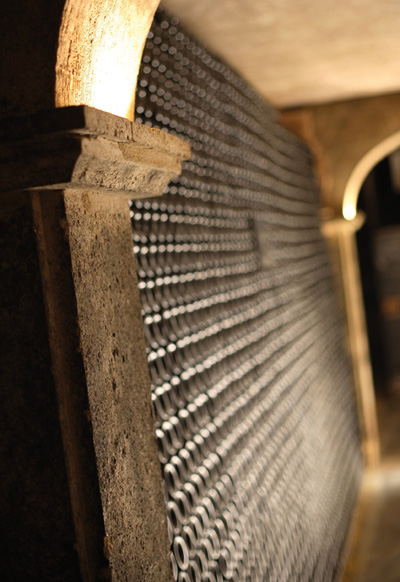
The wine of the men,
it's the one of the earth...
The soil type at Beaucastel is stony and porous, allowing lots of air space. The vine is thus able to establish a deep and well-developed root system. The ground here bears trace of the violence of the river Rhône. It is made of a layer of marine deposits from the miocene epoch, covered by alpine diluvium. The presence of large quantities of rounded stones goes back to the time when the Rhône was a torrent that ripped rock fragments from the Alpine range and rolled them down to the plain. These locally-called “galets” are a significant factor in the quality of the wines, as they retain the day’s heat and radiate it back to the vines at night. The meso-climate at Beaucastel also plays an important role: there is low rainfall, and the Mistral wind dries and clears the air, combining with long sunshine hours and high temperatures. These factors, especially the spectacular differences between night and day temperatures, combine to amplify one another, producing the specifically original qualities of the Beaucastel terroir that makes it so great.
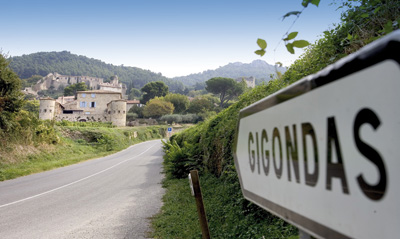
The vineyard comes first...
The estate currently covers 130 hectares, of which only 100 hectares are planted with vines: 75 of these are within the Châteauneuf-du-Pâpe appellation (Château de Beaucastel), and 25 are within the Côtes du Rhône appellation (Coudoulet de Beaucastel). The remaining 30 hectares, on a rotating basis, are farmed to prepare the planting of new vines. Every year, one or two hectares of old vines are pulled out, and the equivalent surface area is replanted on land which has been free of vines for at least ten years.
All thirteen grape varieties authorised under the Châteauneuf-du-Pape appellation are grown at Beaucastel: Mouvèdre, Grenache, Syrah, Cinsault, Vaccarèse, Counoise, Terret noir, Muscardin, Clairette, Picpoul, Picardan, Bourboulenc and Roussane. With only the very best quality in mind, farming techniques used at Beaucastel all aim for one objective: within the general character of each vintage, to produce a fine wine whose combined nature expresses the character of the vineyard in a way that would not be accessible with intensive farming methods. The Perrin family attempt to place the vine in its natural context, allowing it to relate to «The earth, the animal life, and the sky that surrounds it. All of them have their influence. If a wild strawberry has more flavour than one grown in a greenhouse, this is because the former, which may be smaller and less attractive in appearance, has grown in a natural way. It represents a form of natural perfection in terms of taste, whereas the artificially-grown strawberry will favour the visual appeal of the fruit at the expense of its flavour. The same argument can be applied to grapes. To make a wine of character, the grapes must taste good. We are convinced that, to produce a great wine, the vine must grow in as natural a way as possible, in order tofully express the natural balance of its surroundings.»
Thus, at Beaucastel, neither chemical fertiliser, pesticide nor insecticide has been used since 1964, they are replaced with a compost made on the estate. Weeds are destroyed by plough and by hand, and all sprays used on the vines involve only natural products. Over the years, the vine has thus developed its own resistance to agression. Bees and birds, ladybirds, cicadas and worms are plentiful in the vineyards. Production levels are obviously low, but, through their organic nature, the wines reveal the essence of their terroir.
The Magic of blending...
The harvest,entirely hand-picked, is carefully sorted on reception at the cellar. Only the best grapes will be retained for vinification. After being totally de-stemmed, the grapes enter fermentation vats where they undergo a traditional vinification process that lasts for 15 days. Each grape variety is vinified separately, as it has its own specific aromas and character: Grenache and Cinsault give warmth, colour and roundness ; Mourvèdre, Syrah, Muscardin and Vaccarèse have structure, ageing capacity, depth of colour and firm flavours ; Counoise, Picpoul, Terret Noir, Clairette, Picardin, Bourboulenc and Roussanne provide vinosity and individual bouquet.
Once the fermentation has finished, Jean-Pierre, François, Marc, Pierre et Thomas Perrin get together to taste the wines from the various varieties and decide, for each wine, the proportion of each grape that will make up the final blend. This is painstaking work because the taster has to determine the overall quality and the specific character of each vintage with varying proportions of each grape variety, different from a year to the other.
A successful blend is the culmination of months of effort, care and thoughtfulness, from dawn to dusk. It is the expression of what nature provided in a given year. The magic of blending is that the finished article is always better than the individual components...
Maturing the wine...
The wines will then age for twelve months into large oak casks rather than in new small barrels, in order to provide an exchange between air and wine without adding further tannins from the wood. This period of rest is barely disturbed by occasional racking. At this stage, the wine prepares itself, naturing and slowly evolving, until the Perrin family decides, almost intuitively, that the right moment for bottling at the domain has come.
Behind the wines of Beaucastel are men, as men make the wines. Respecting the traditions of their fore-bearers, Perrin & Fils are proud to be a family business for the past five generations. Beaucastel is a noble and honest wine, made from grapes that are grown in a natural way. Today, the 4th and 5th generations convey, through their production, their love of true wine, the wine showing the character of its terroir and the labour of men. This is what distinctive wines are all about.
Dominique PEYRAL-BON
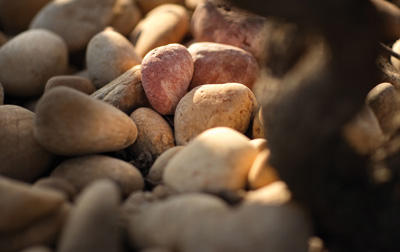
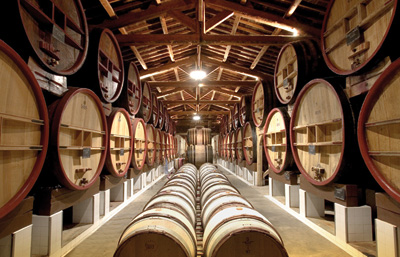
Famille Perrin
Château de Beaucastel
Chemin de Beaucastel
84350 Courthezon
Tél. : +33 (0) 4 90 70 41 00
Fax : +33 (0) 4 90 70 41 19
www.beaucastel.com







